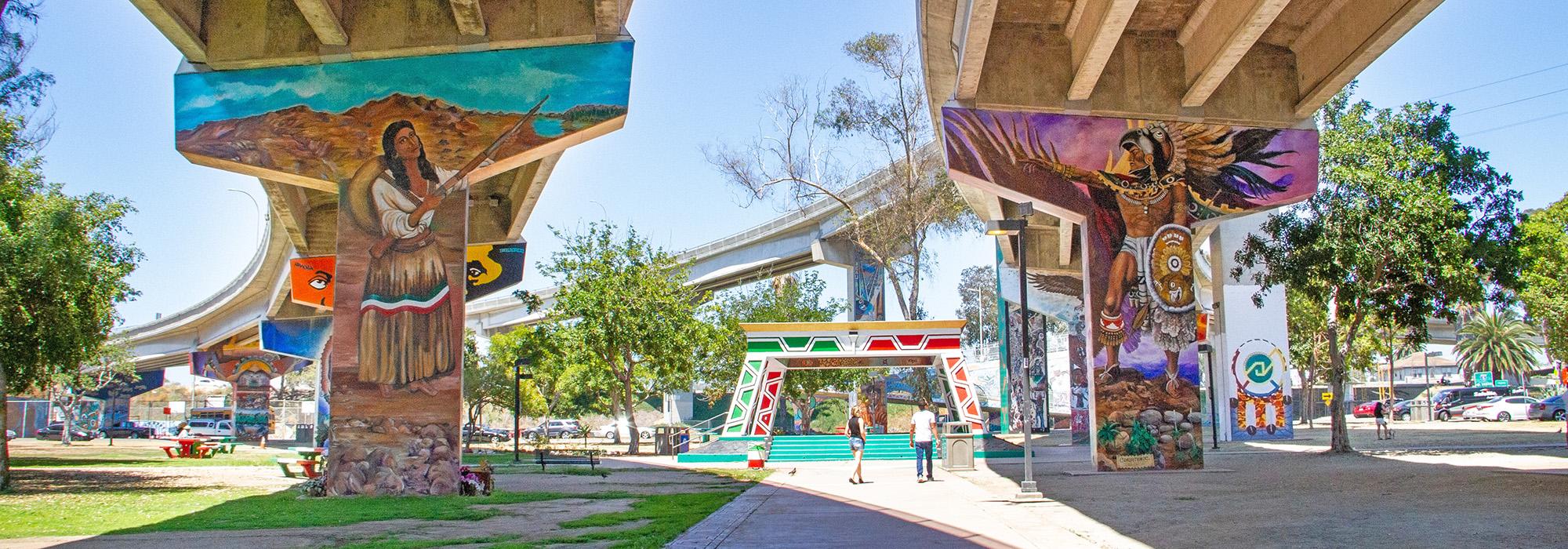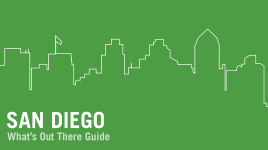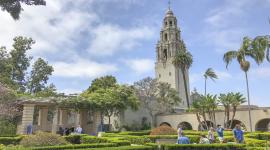This 7.4-acre underpass park is the result of a “takeover” by local residents who sought to create a public space below the on-ramp for the Coronado Bridge. The construction of the bridge and Interstate 5 in the 1960s necessitated the demolition of a swath of the Barrio Logan neighborhood, displacing some 5,000 people and disconnecting parts of the community. In 1970 activists occupied the land. Holding rallies and preparing to build a park themselves, they forced the city to set aside an initial 4.5 acres between Logan and National Avenues. The park became a significant epicenter of Chicano muralism, with approximately two-thirds of its more than 70 murals created between 1973 and 1989. The monumental murals, many painted on pillars supporting the bridge, are a contemporary offshoot of the Chicano Civil Rights Movement. Painted in vivid colors, the Aztec Revival style murals blend indigenous and Spanish heritage and represent various cultural icons from folklore, history, and everyday life.
Situated at the heart of Barrio Logan, the urban park contains a sizeable collection of outdoor murals, a playground, community gardens, a raised plaza, multi-purpose courts, and picnic areas set within gently sloping lawns. Other elements include the Kiosko, a dance pavilion reminiscent of the platform at the top of a Mayan or Aztec pyramid, and the Aguila en Aztlan sculpture surrounded by a cactus garden. Chicano Park was listed in the National Register of Historic Places in 2012 and became a National Historic Landmark in 2016.














